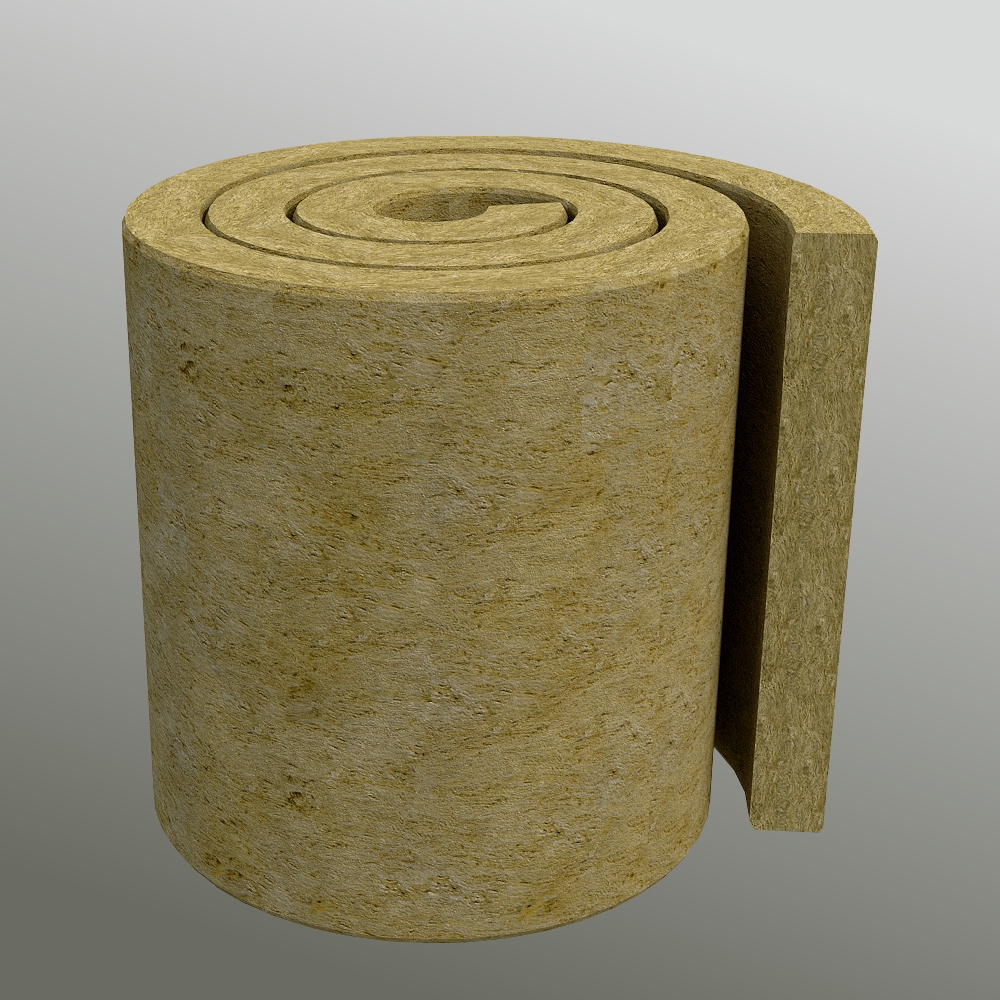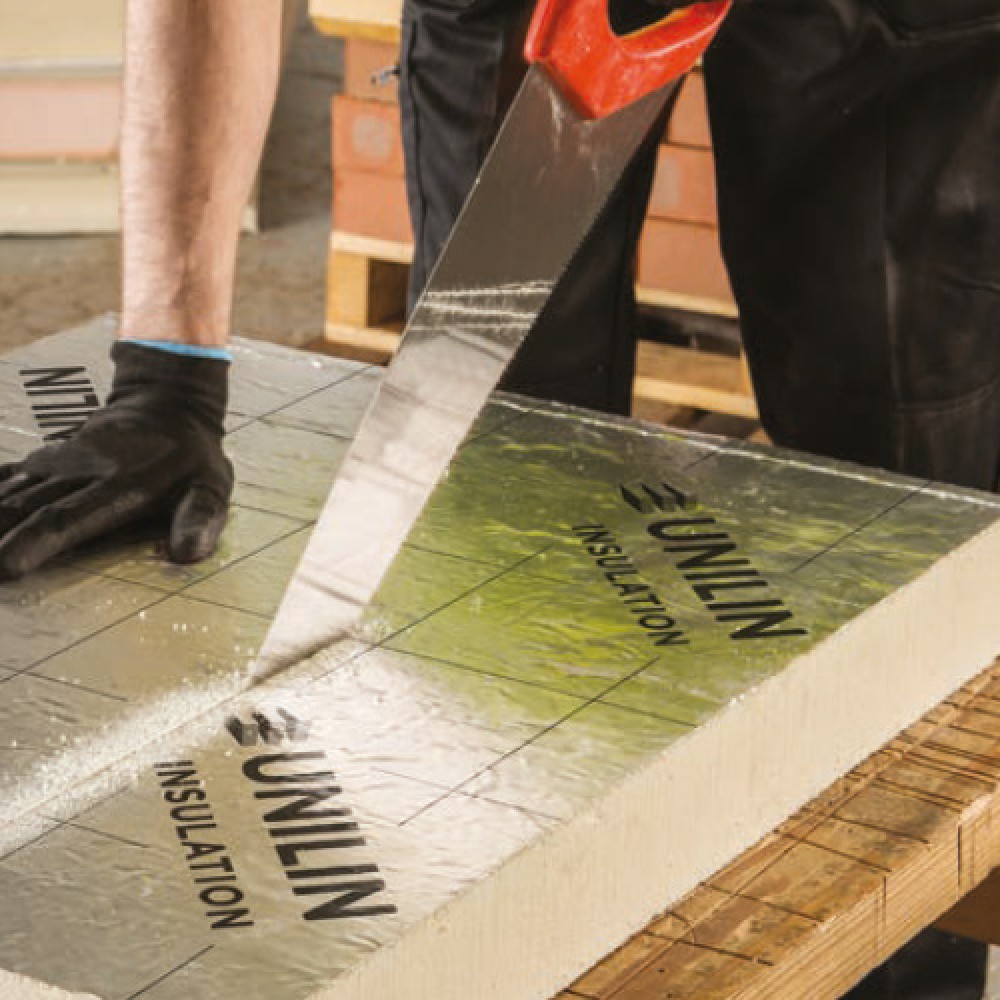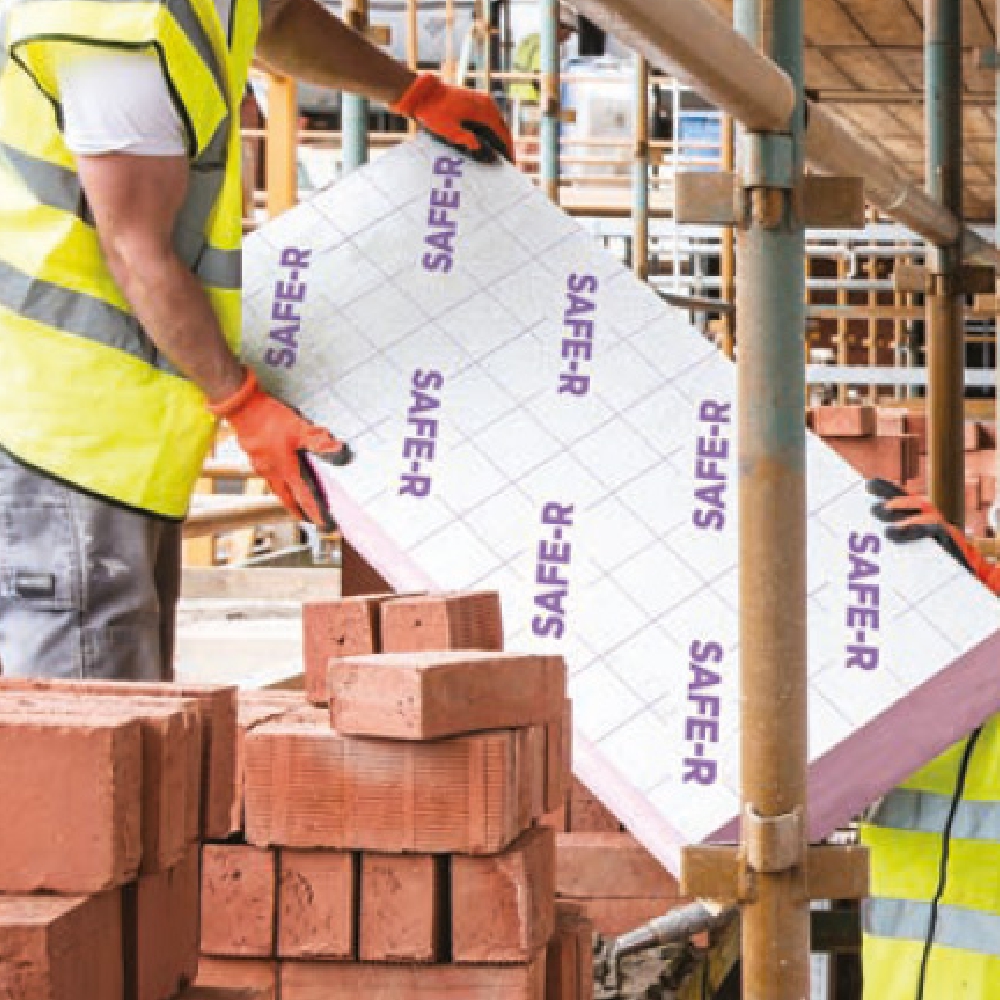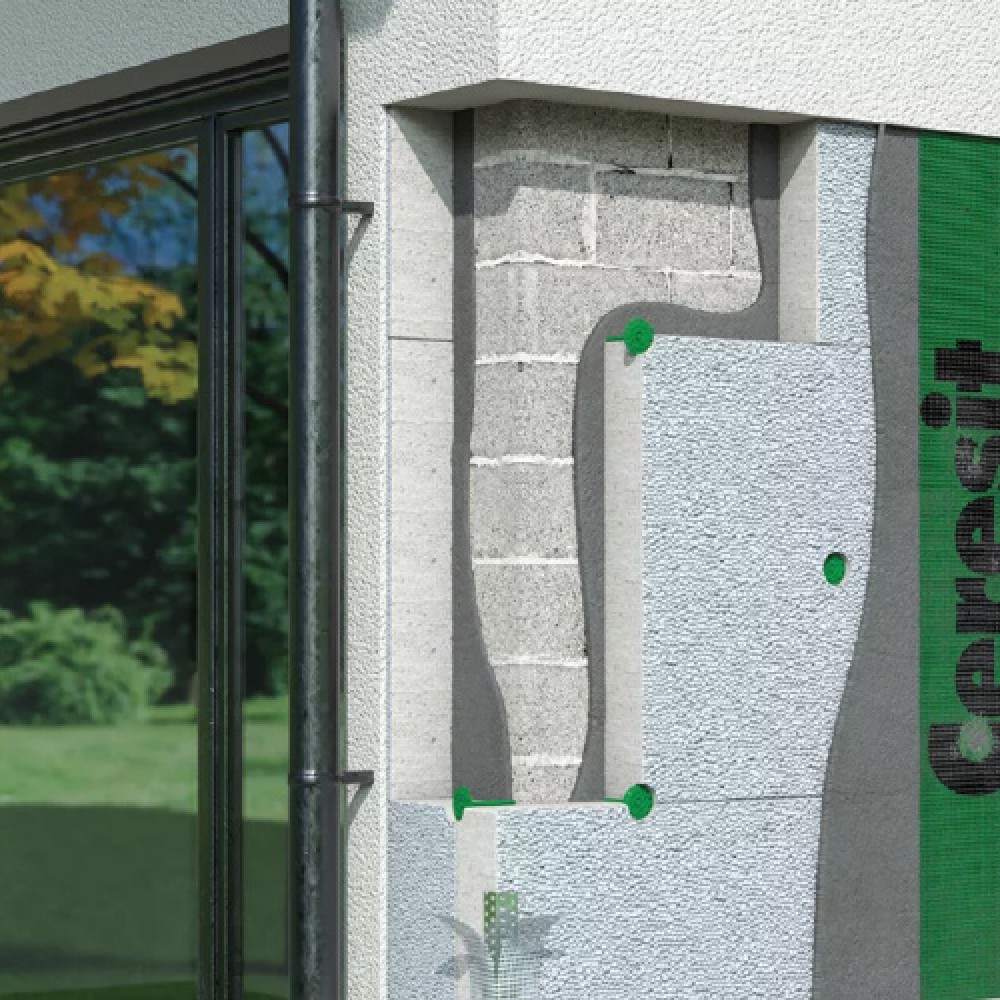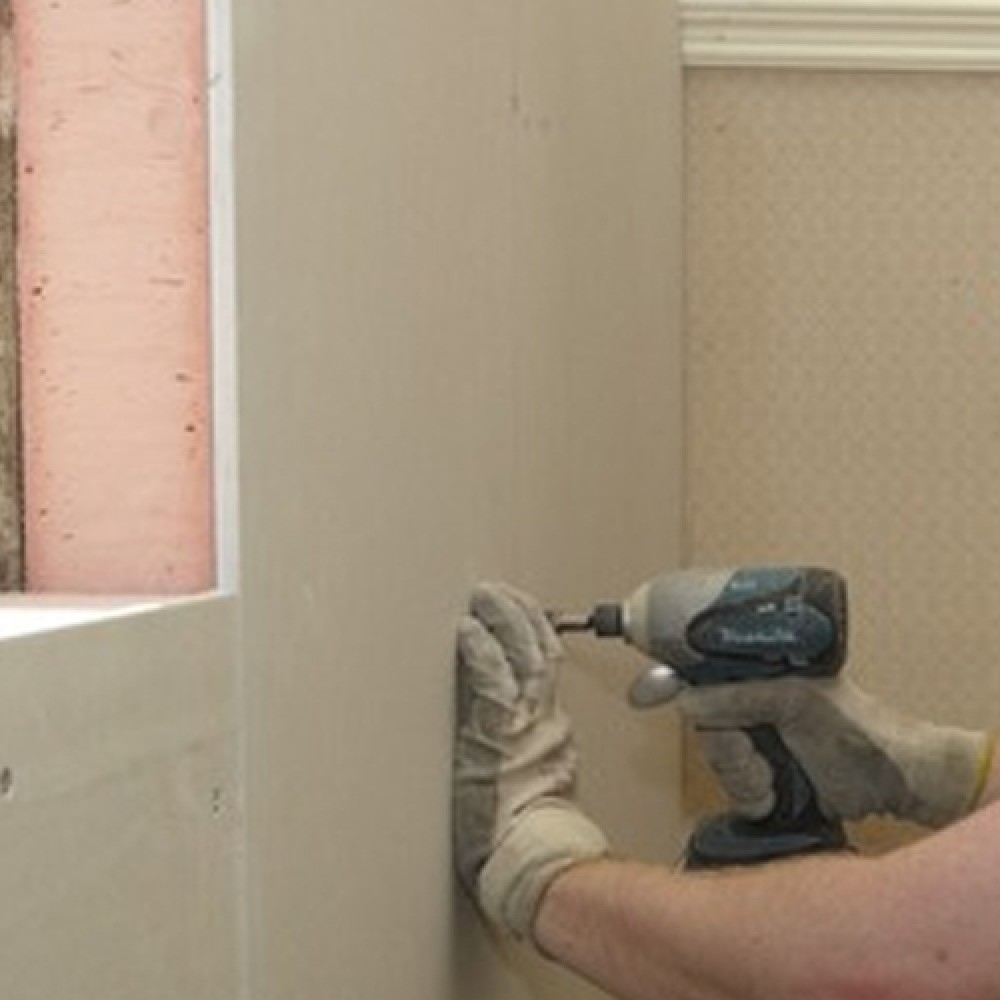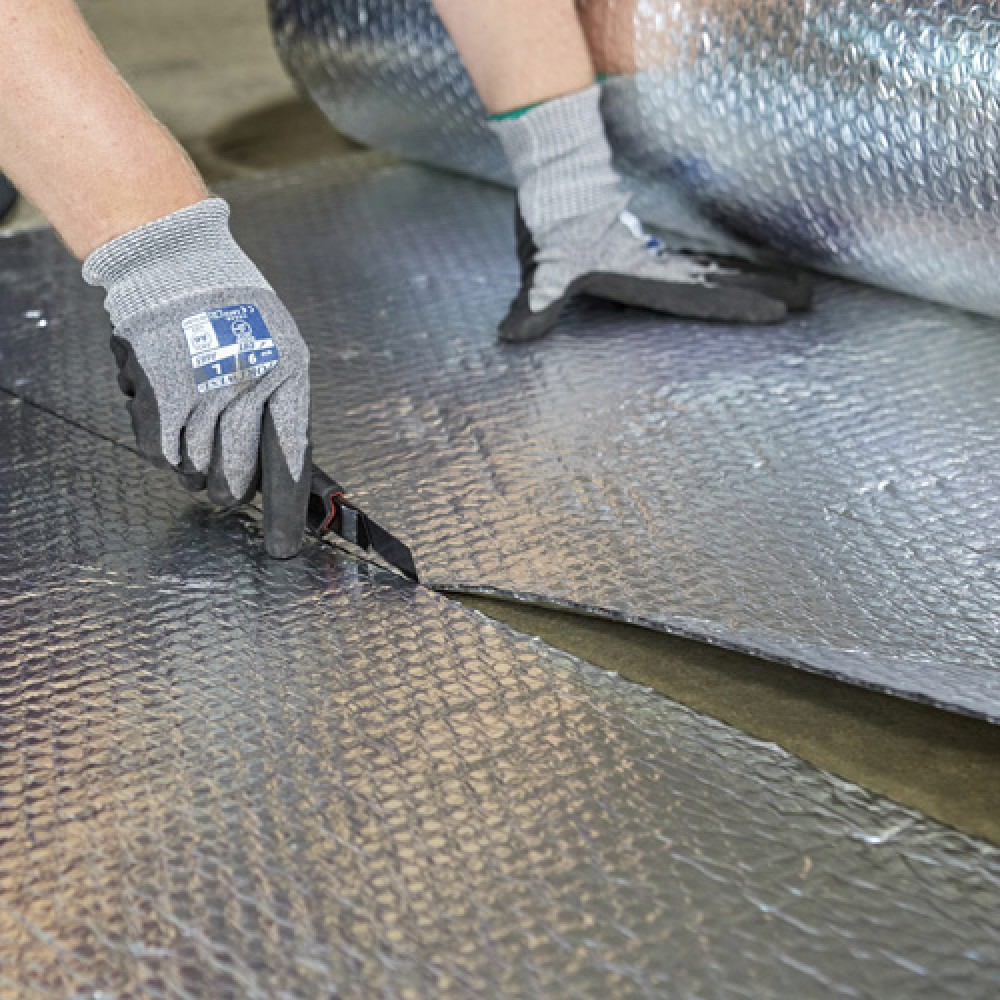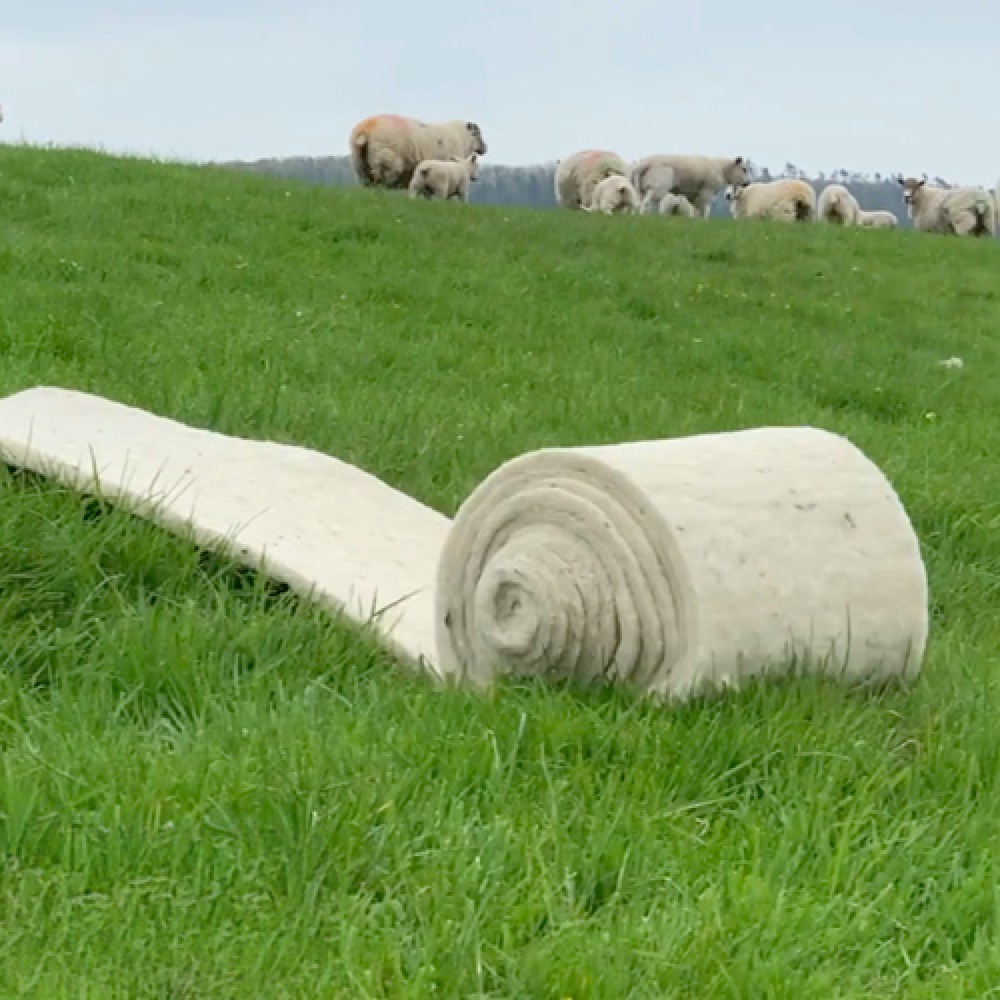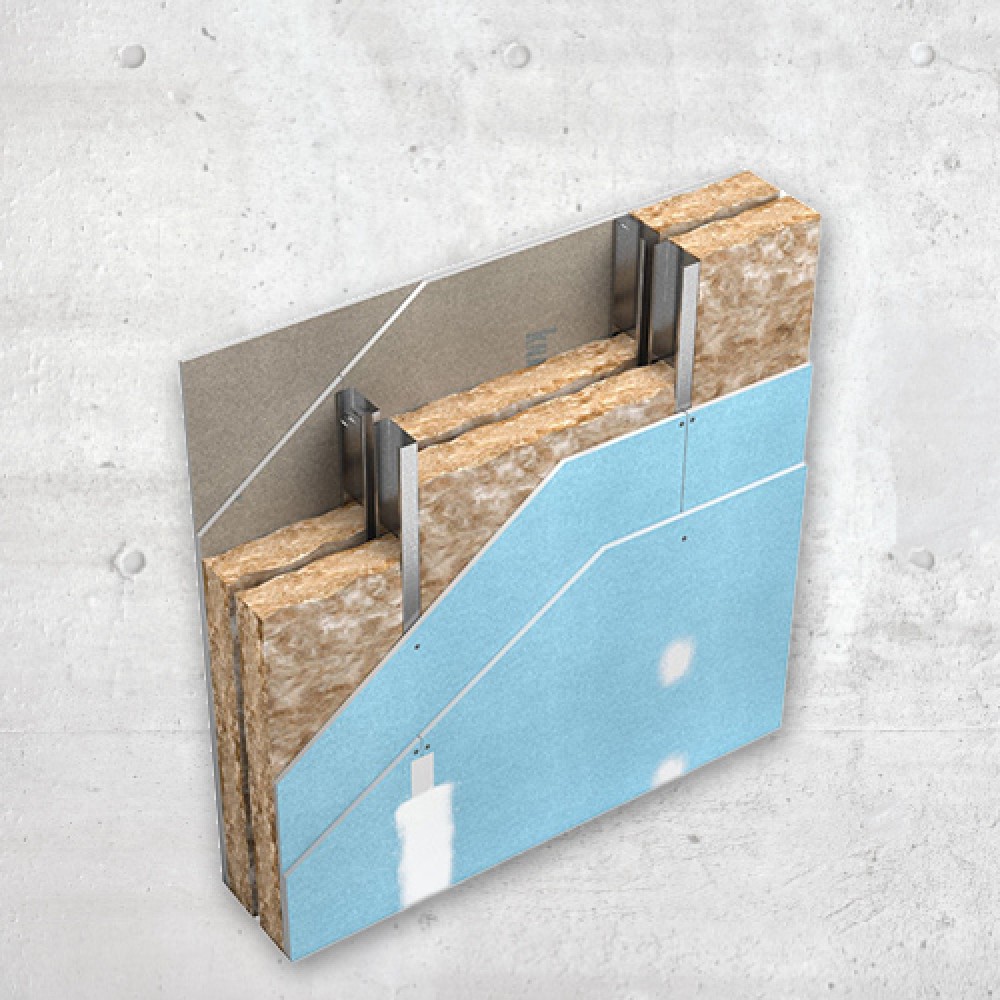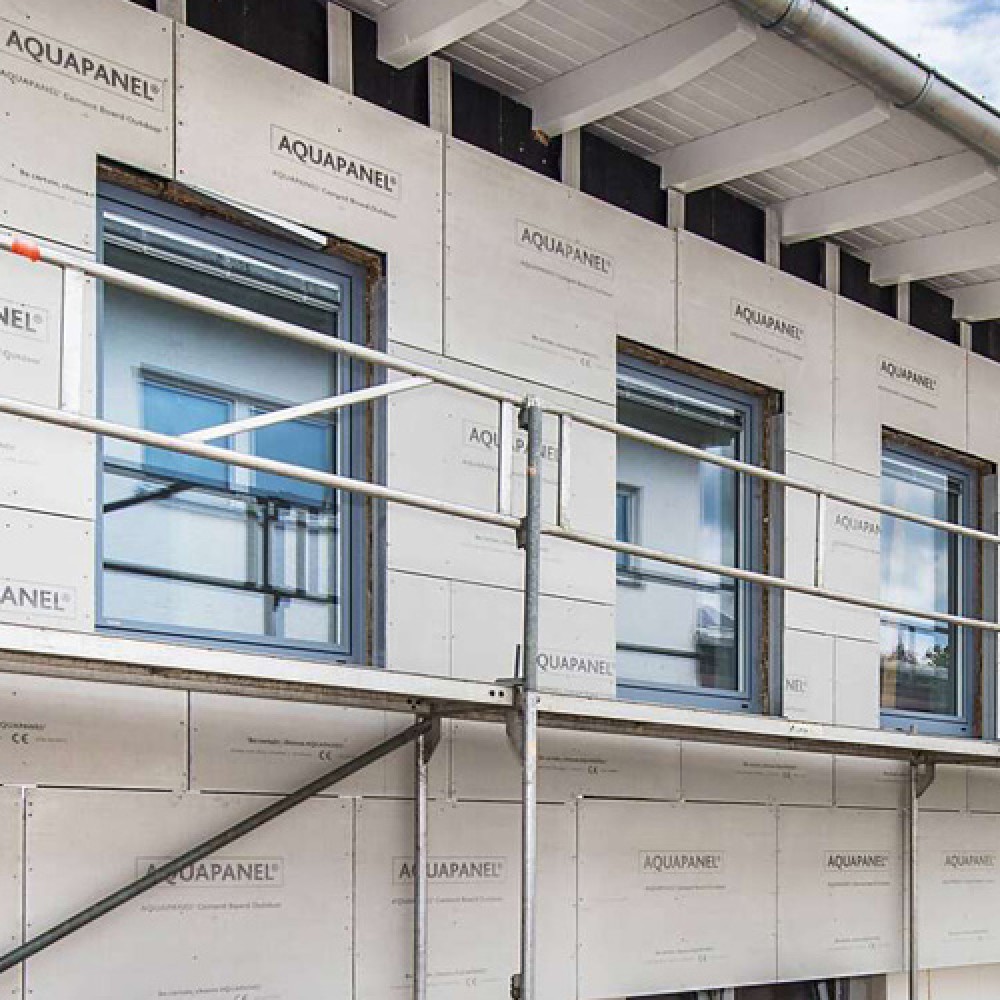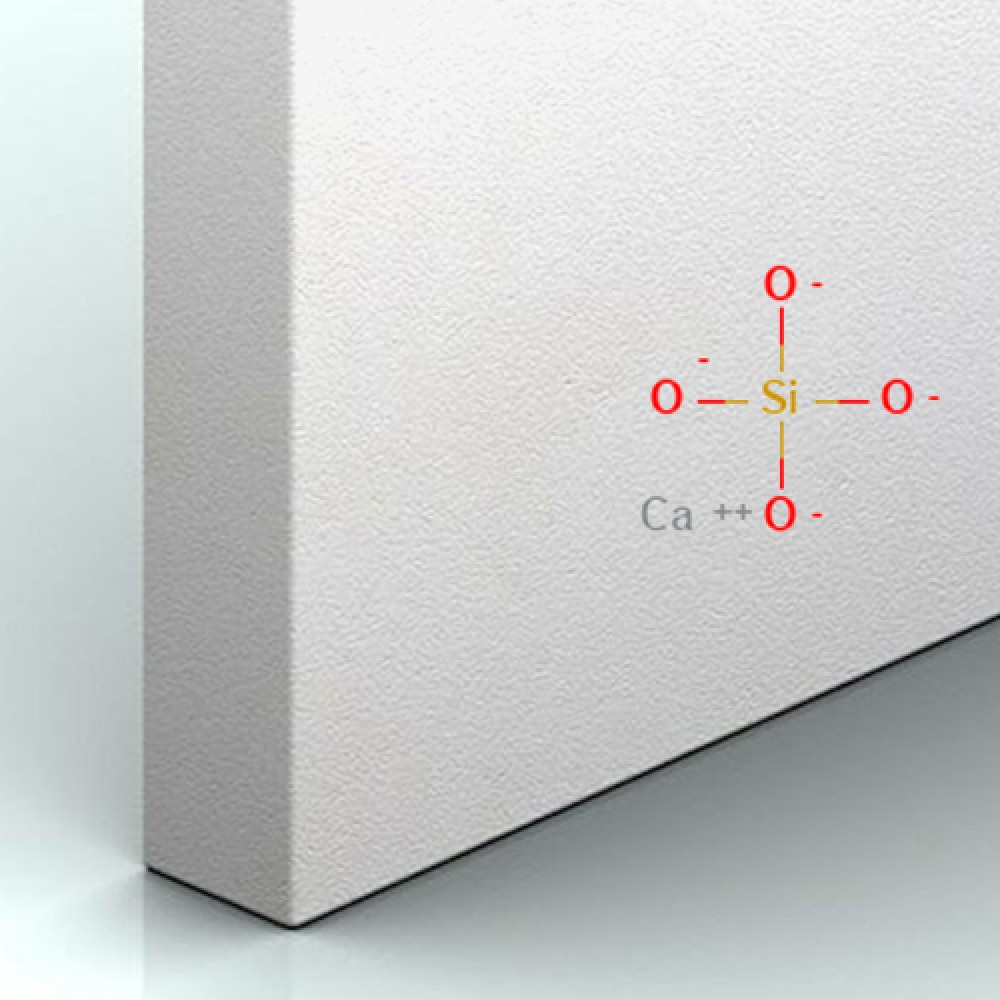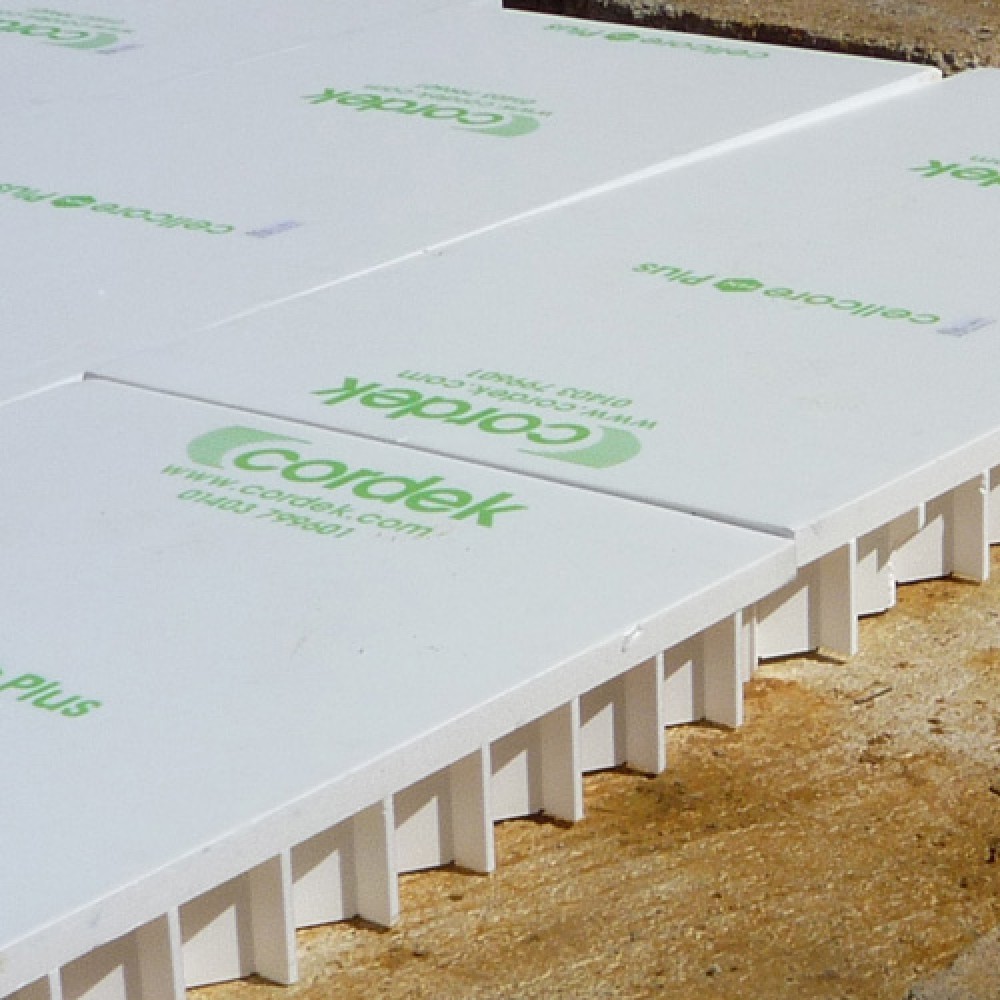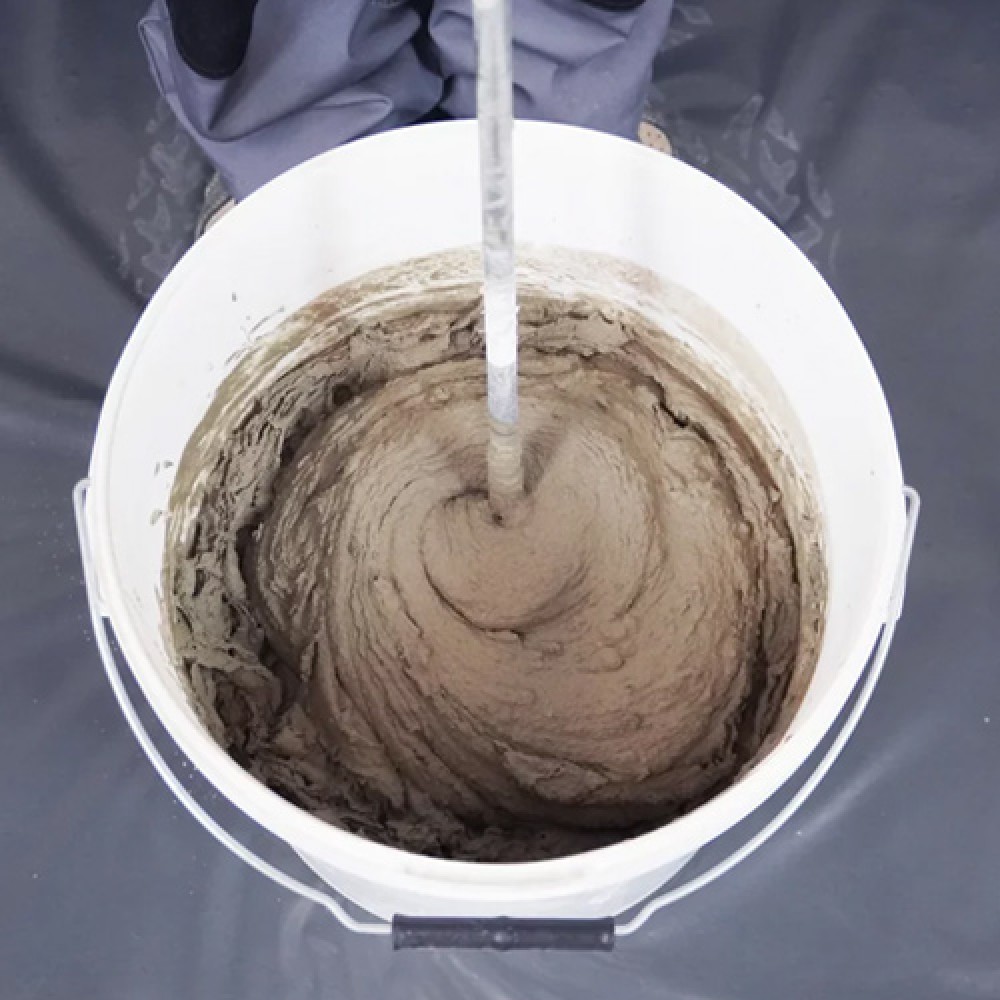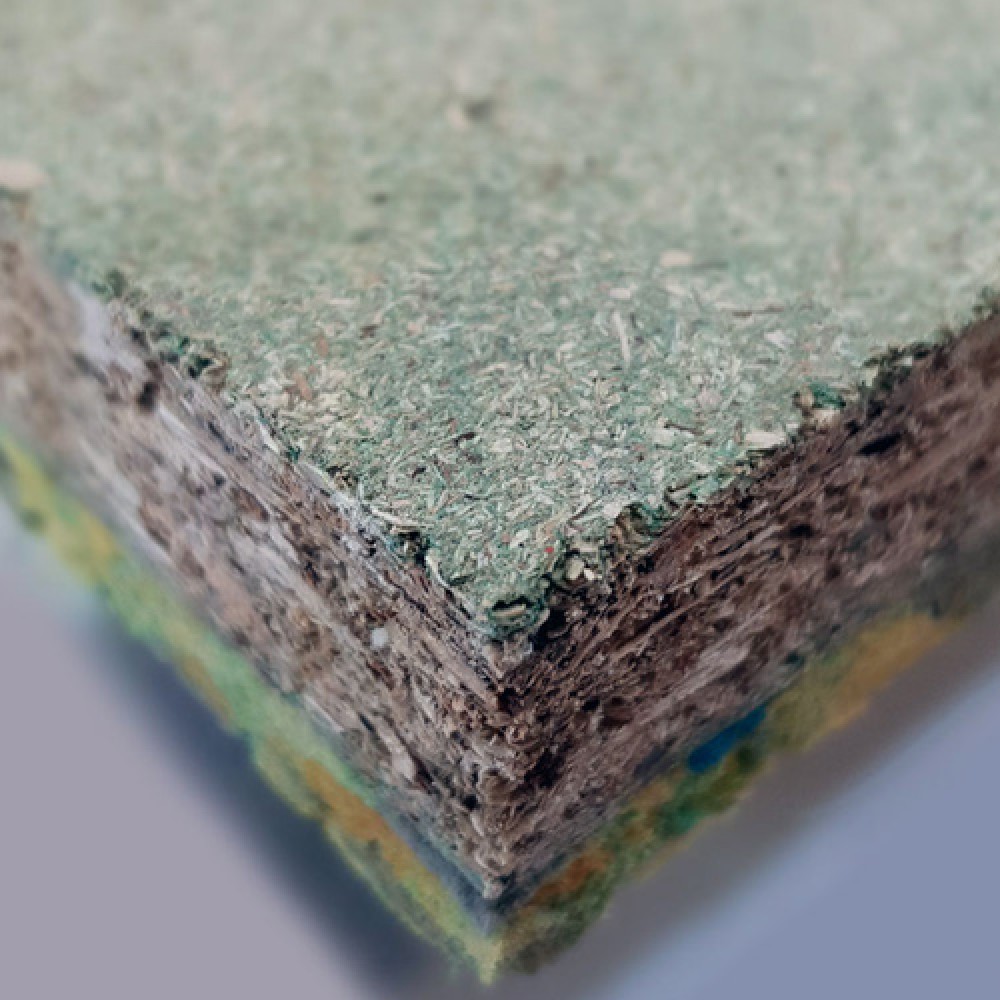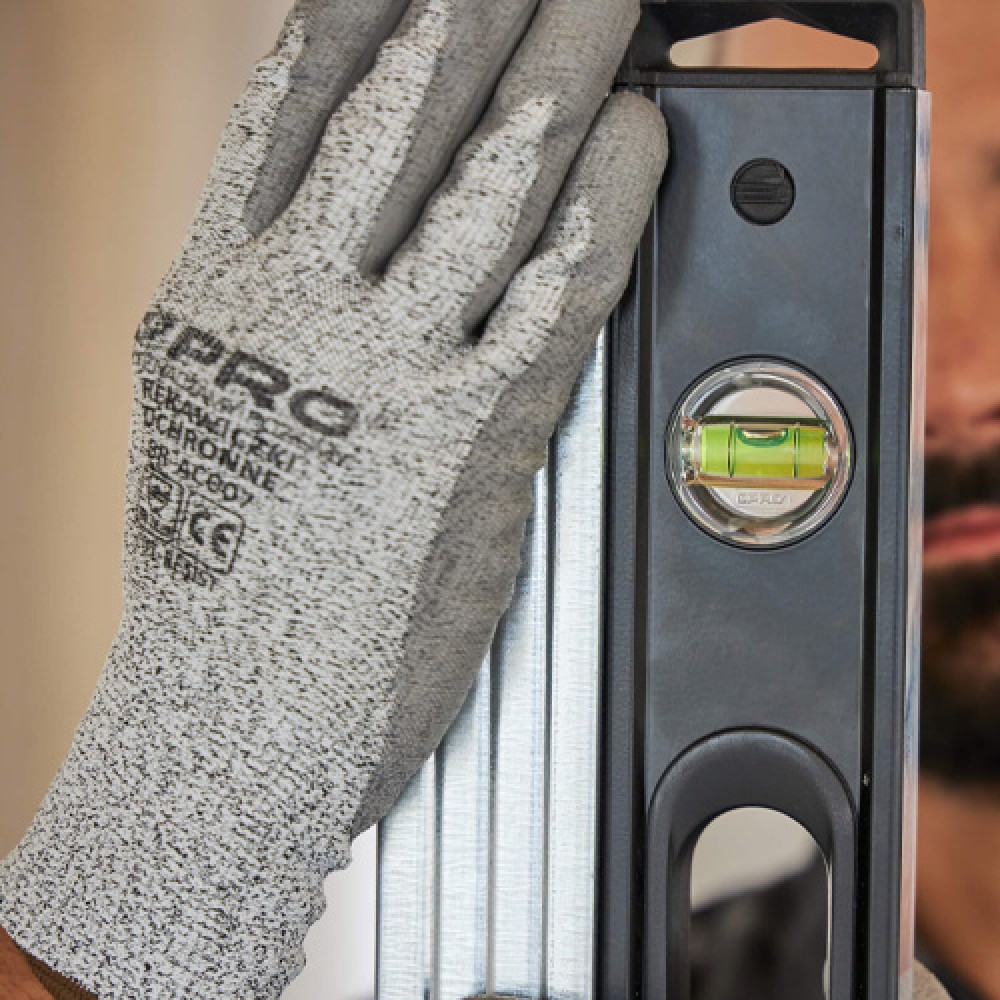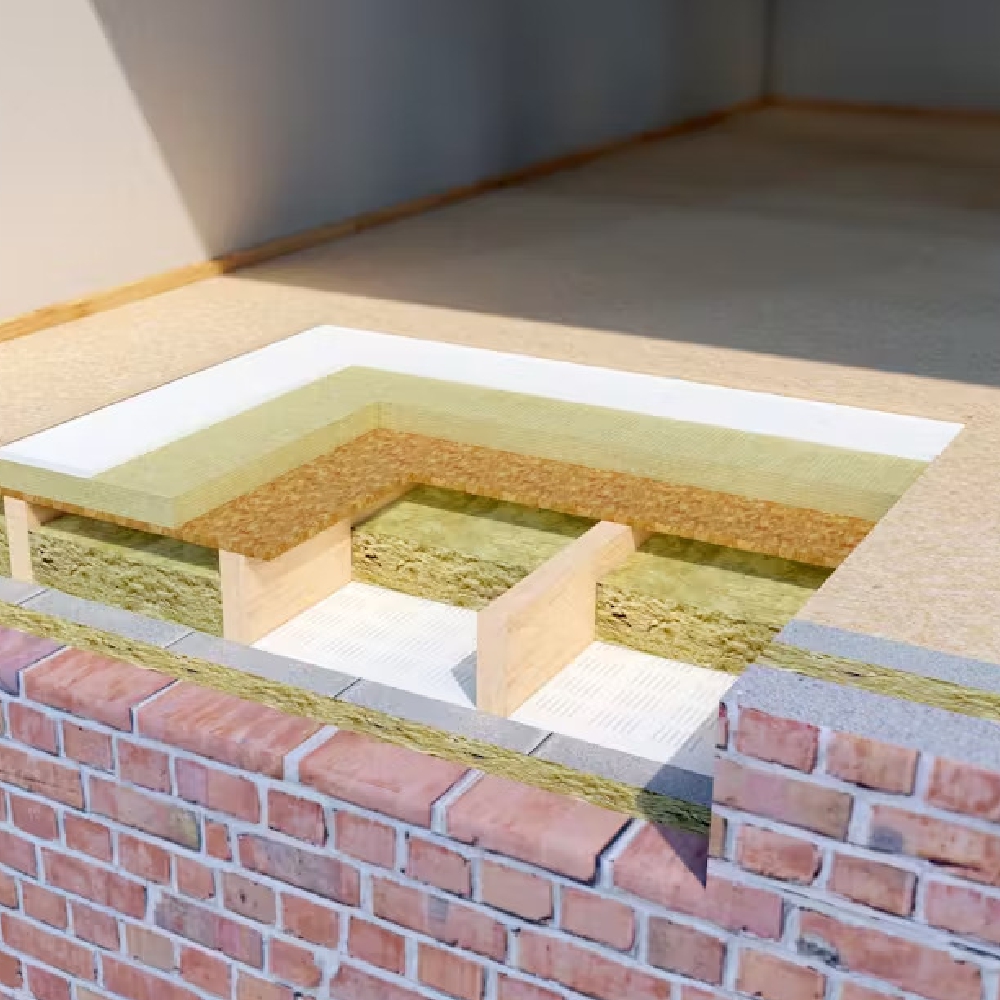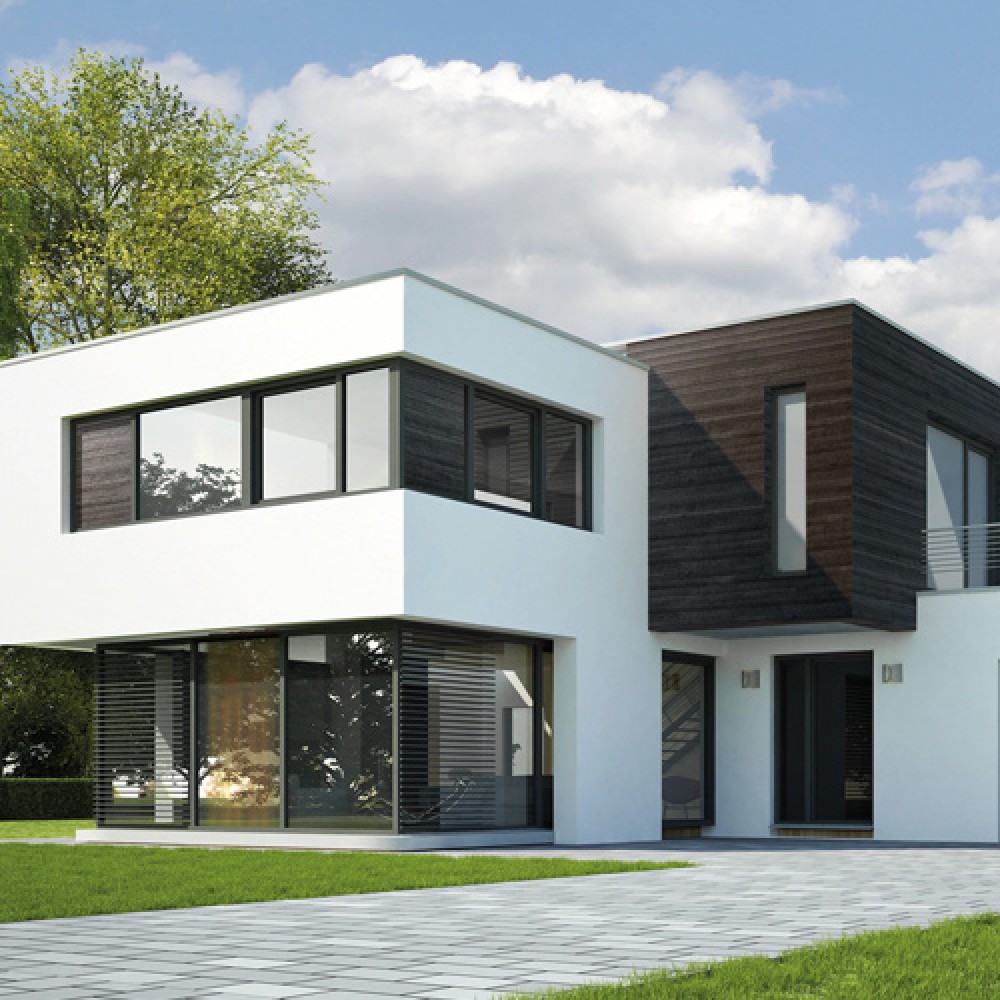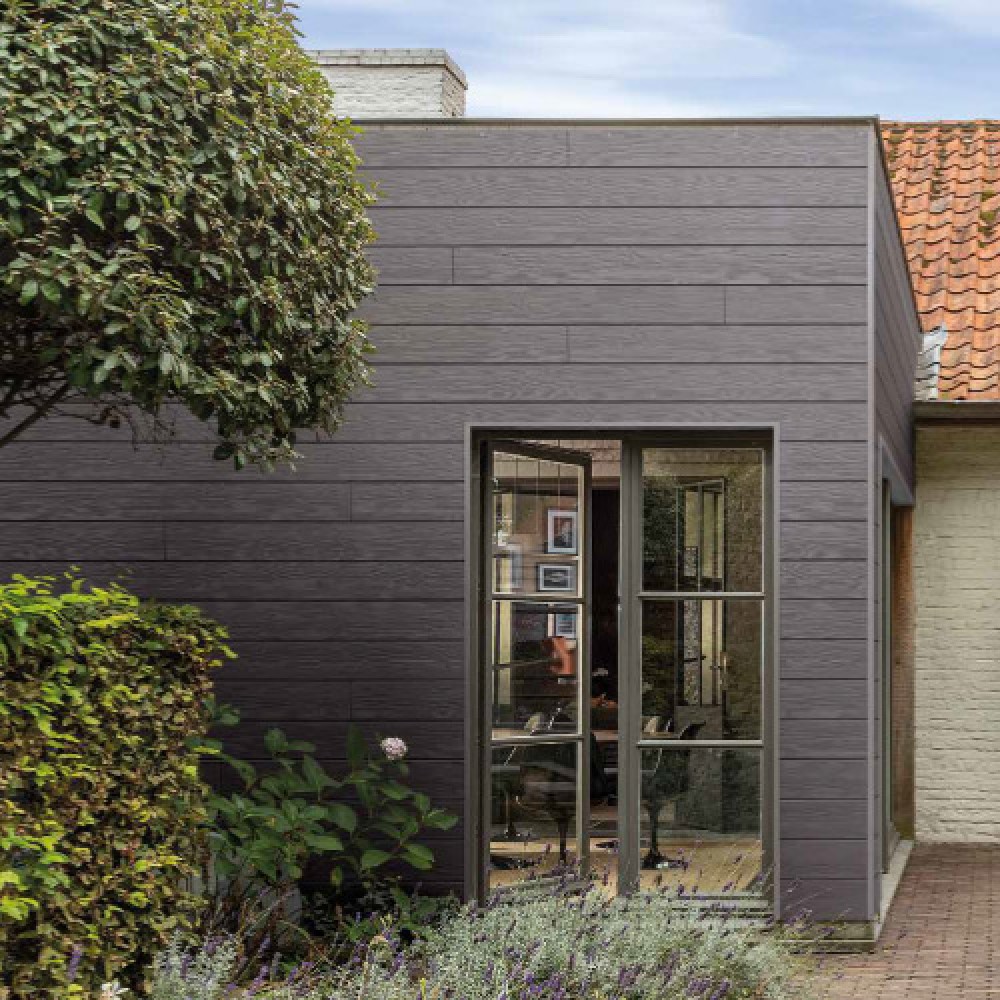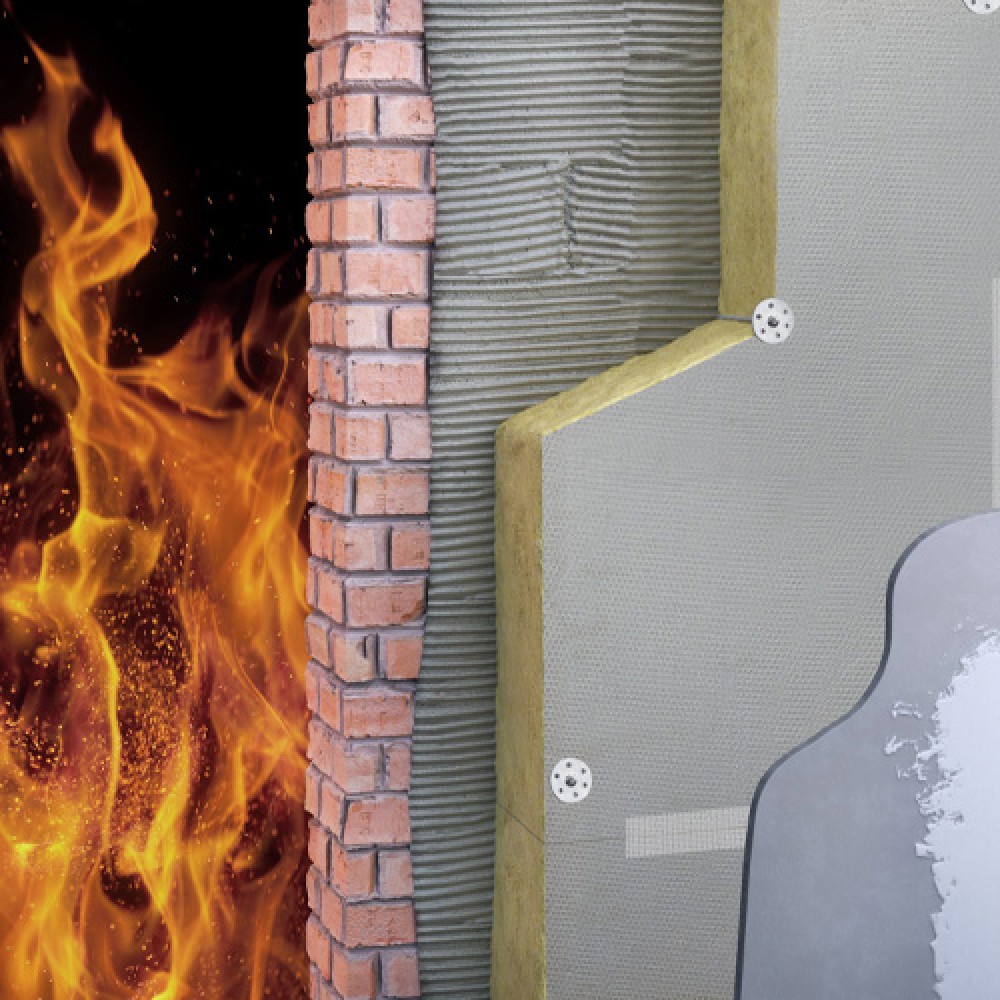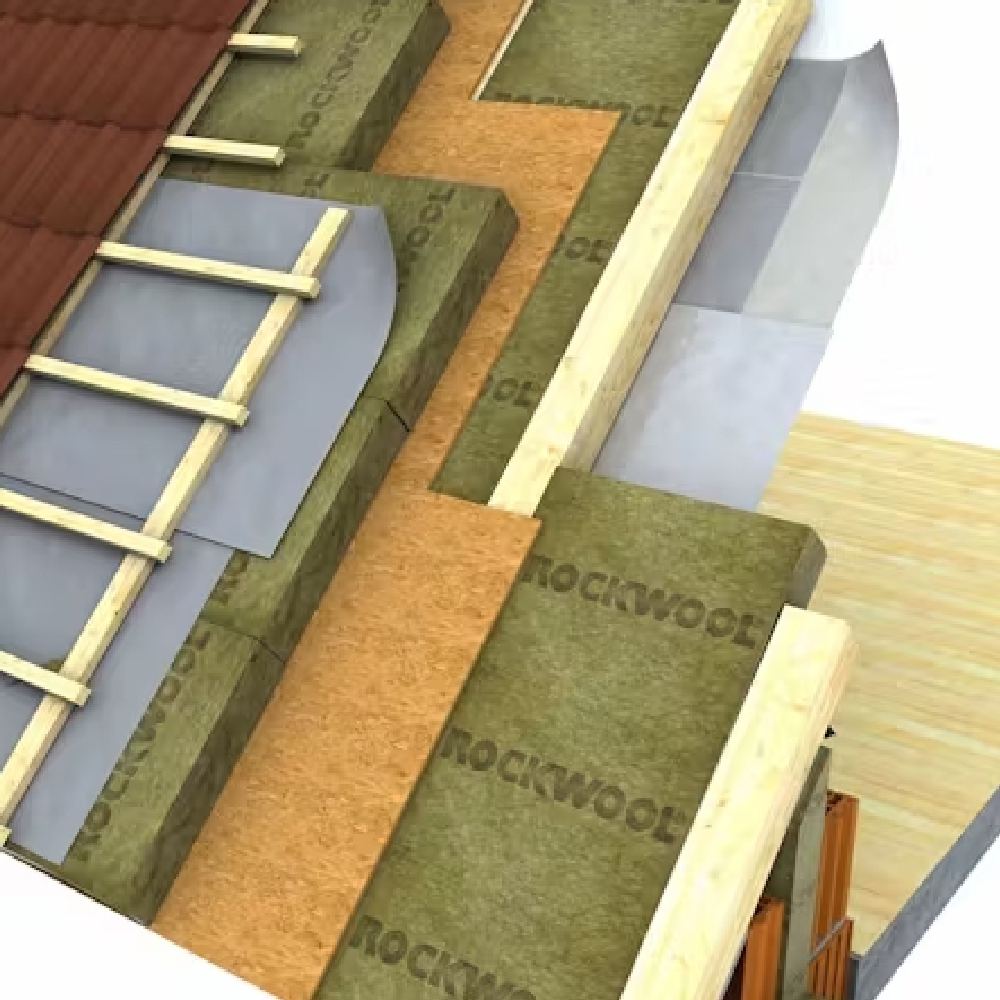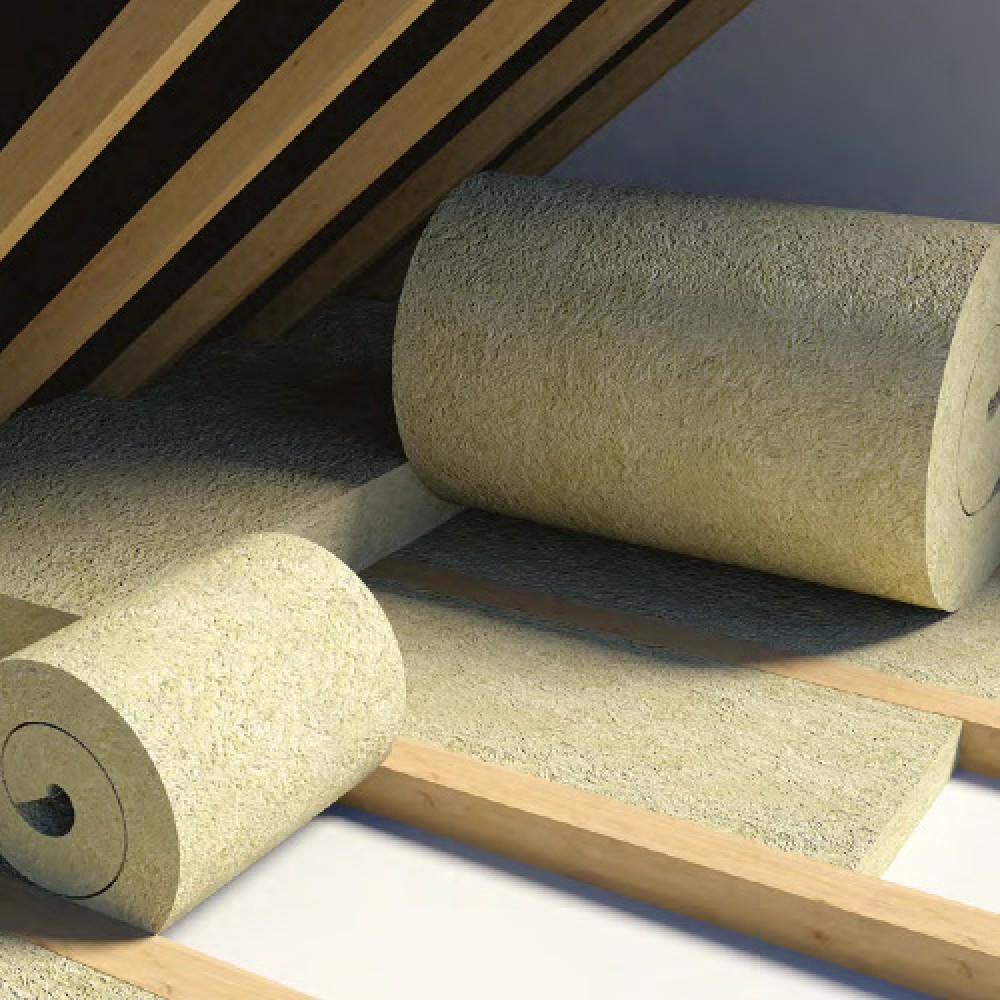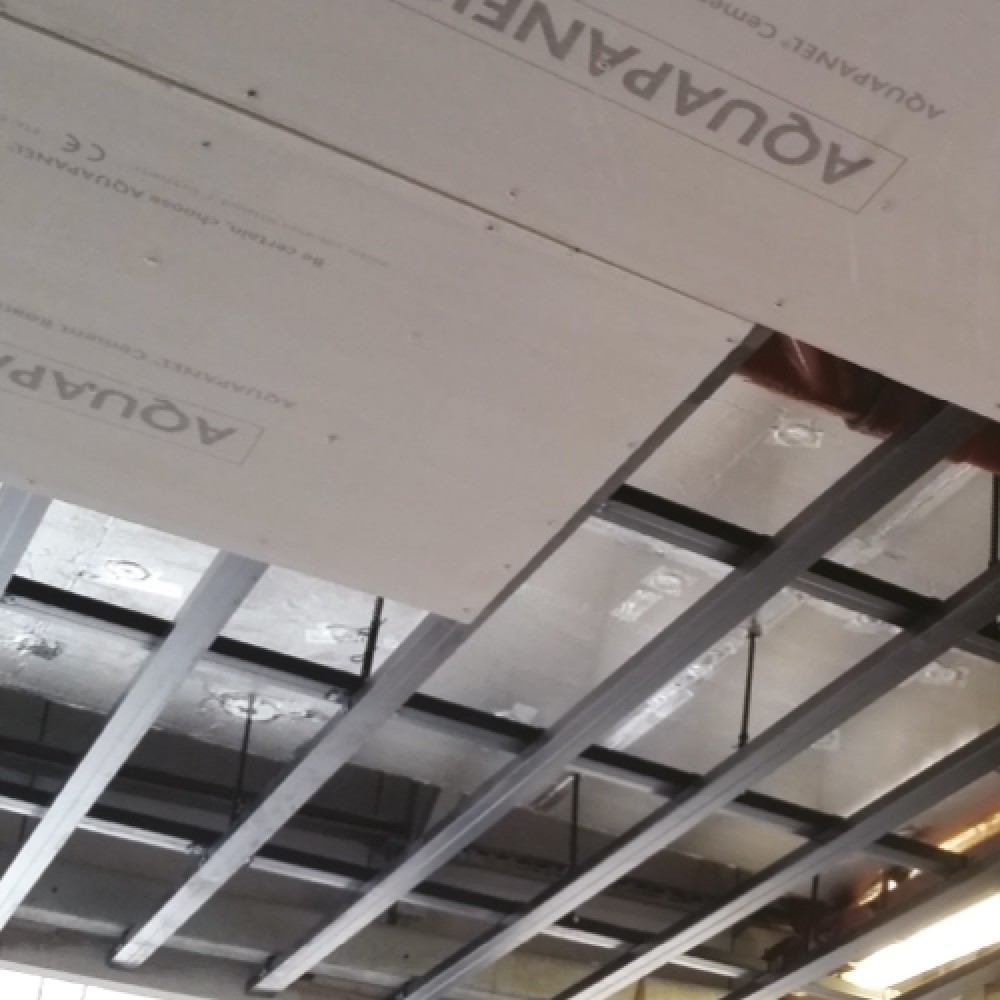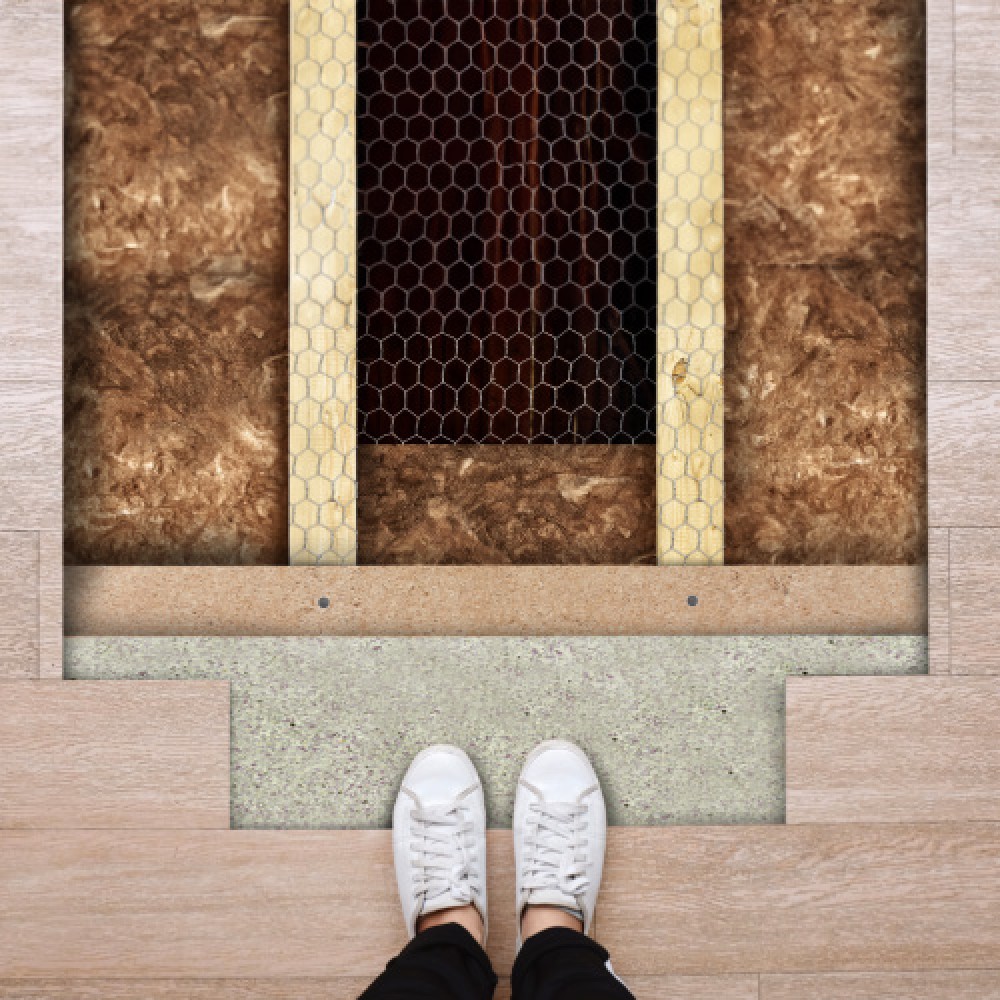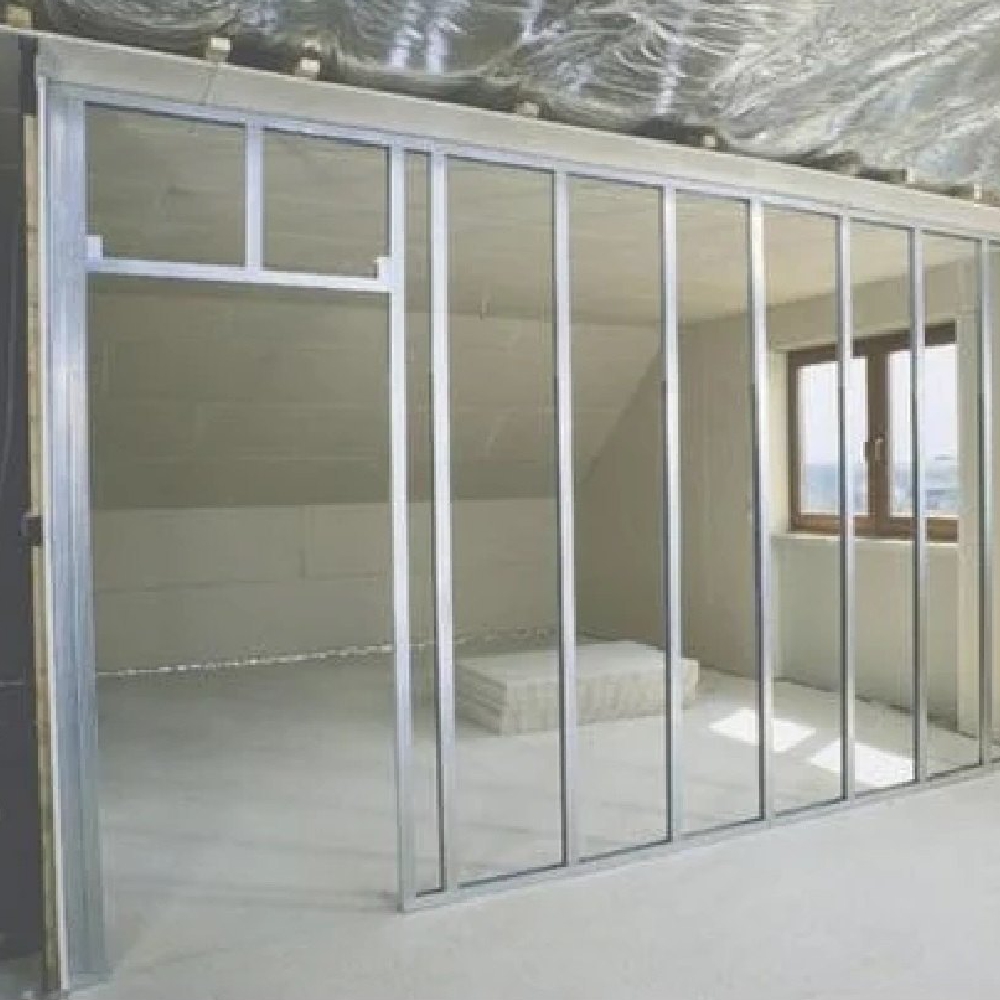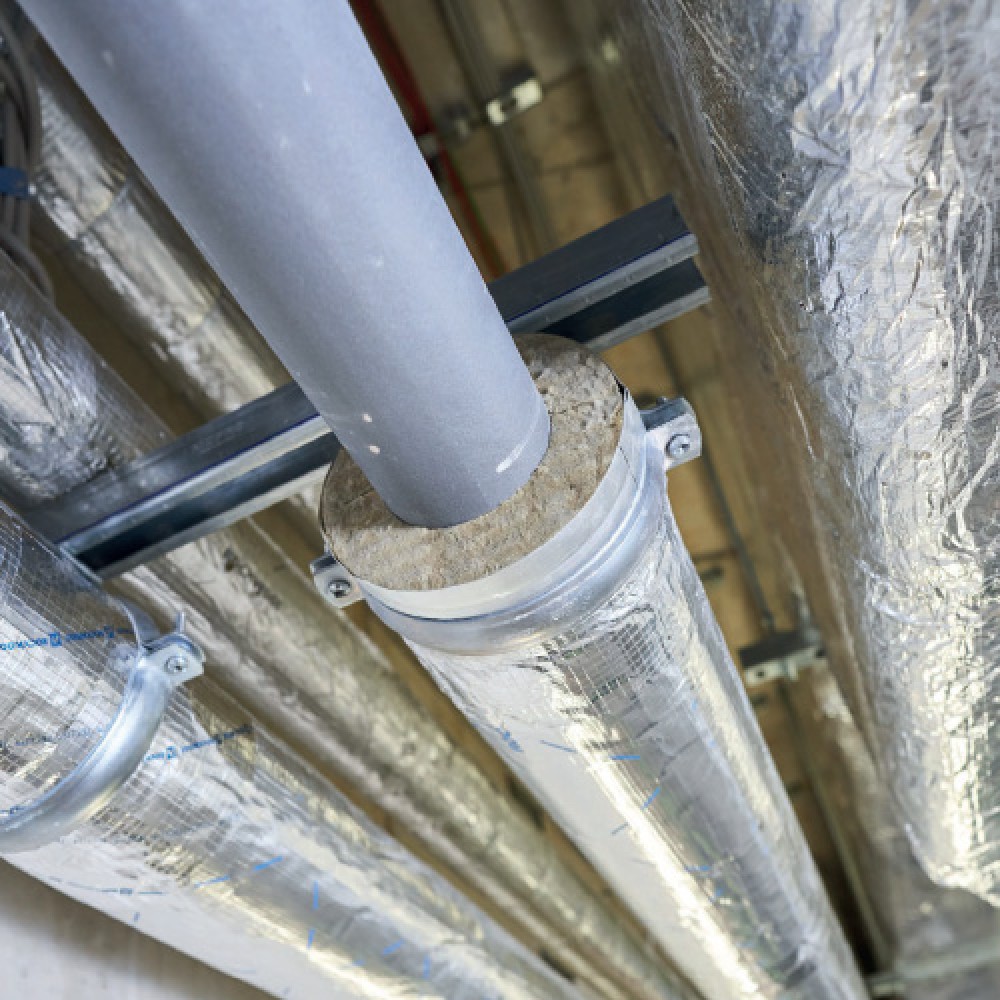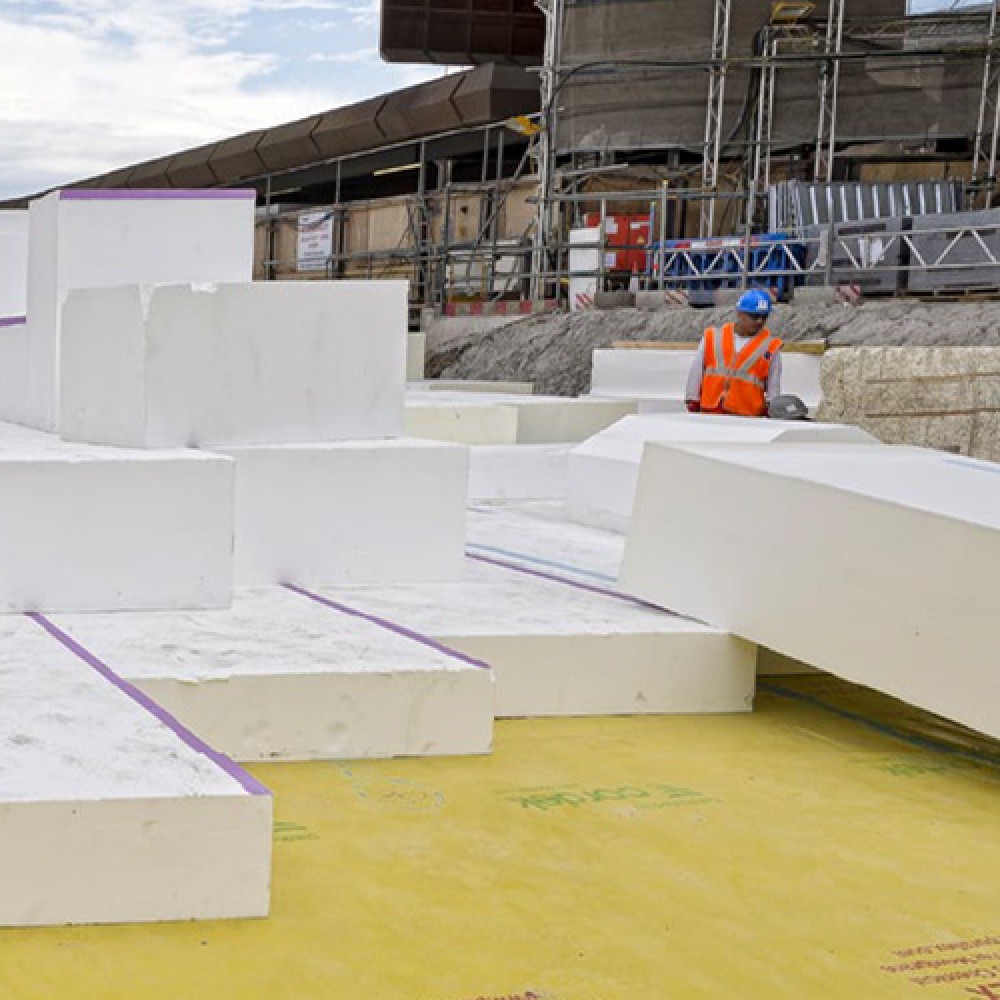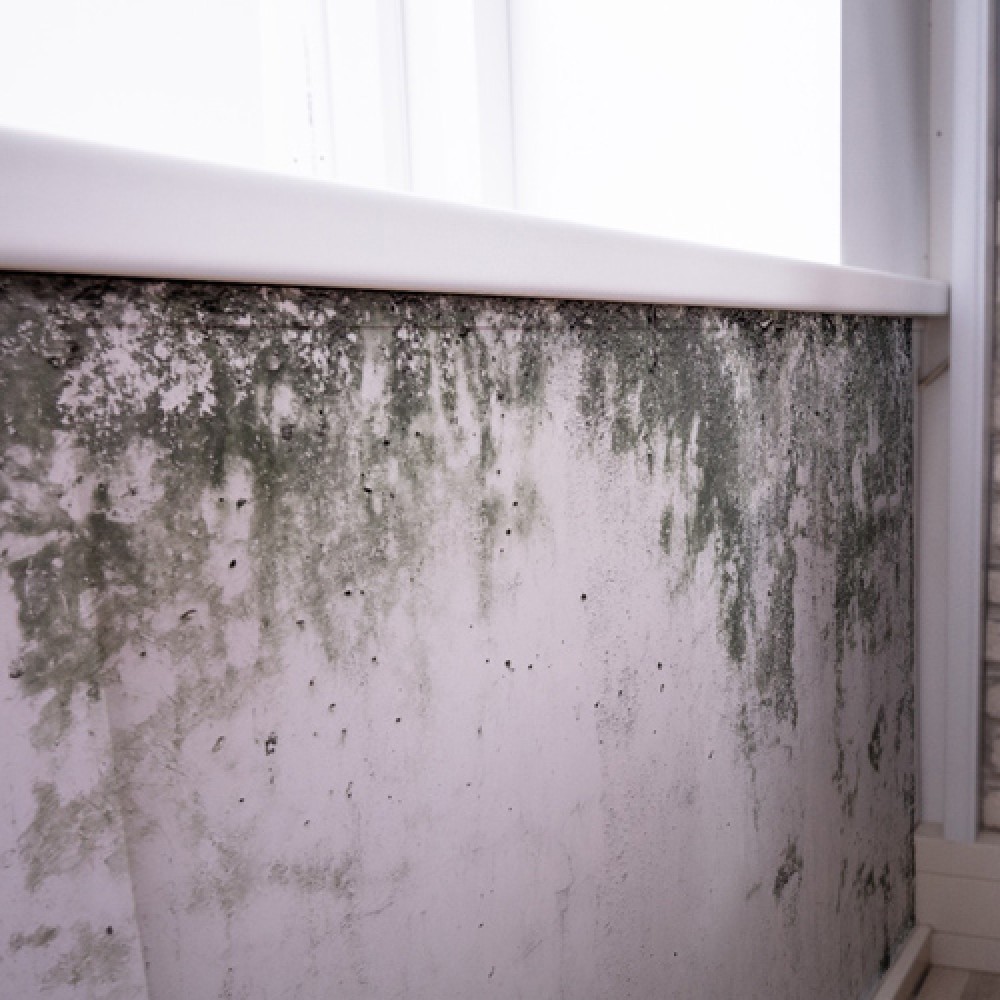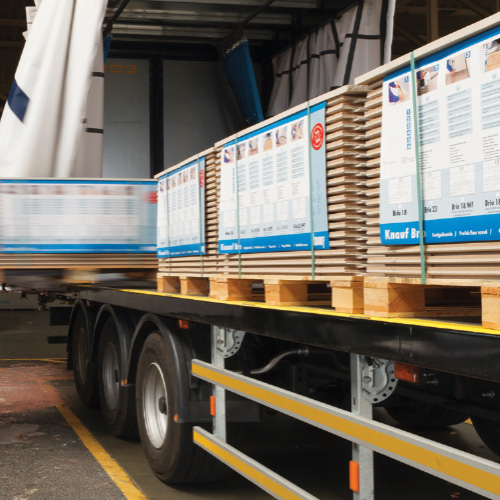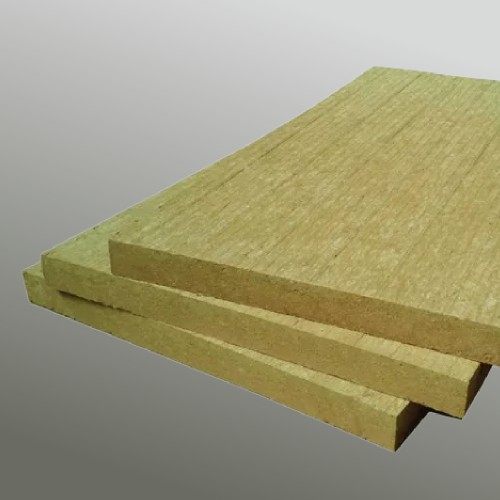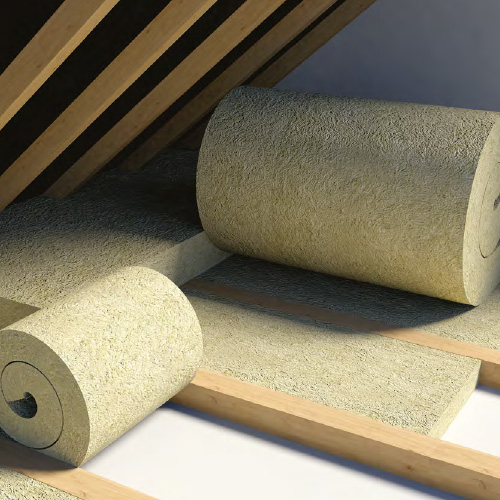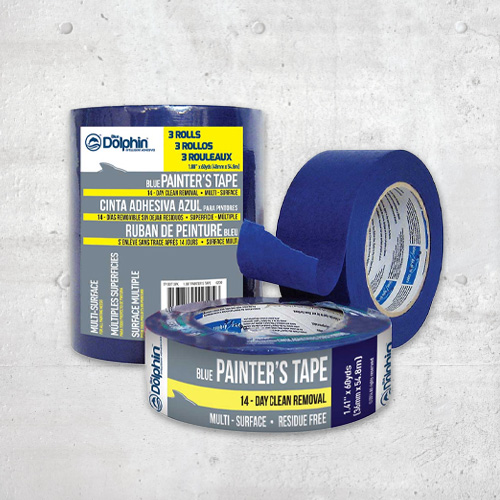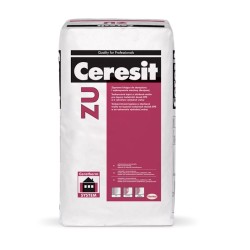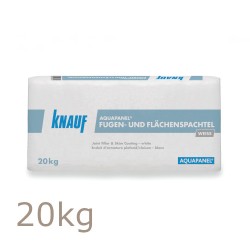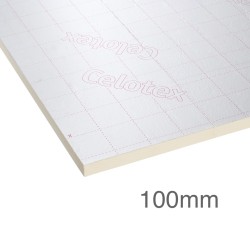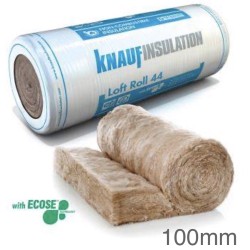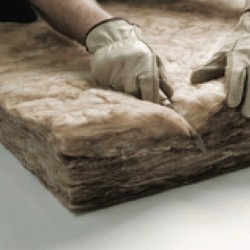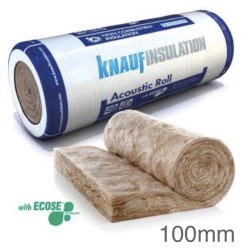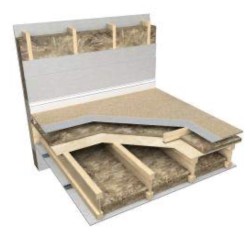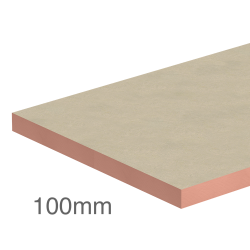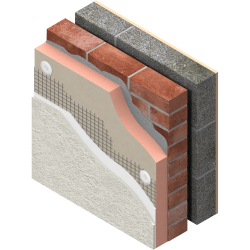U - value
Explaining U-values
U-value is the most common measure and it incorporates the thermal conductance of a structure along with heat transfer due to convection and radiation. For all building constructions there is a maximal admissible thermal transmittance, which indicates the amount of heat flow in watts per square meter of construction with the temperature difference of 1 Kelvin (W/m²K).
U-value should not be confused with the coefficient of thermal conductivity, which is defined as a simplified U-value of the wall thickness of 1 meter. For example, a brick with a coefficient of thermal conductivity of 0.21 at 37 cm thick wall has a U-value of 0.52.
You can calculate the heat input needed to maintain a given temperature difference yourself by checking the tables of U-values and adding up the various areas of the room, but getting an estimate from an expert is highly recommended. Strictest limitations of thermal conductivity are related to the outer layers of the building, in case of pitched roofs, heated attics, ceilings over unheated basements, and external walls (see table below).
The lower the U-value, the lower the heat flow and the result is a greater energy savings due to a lower amount of energy required to maintain a pleasant and constant room temperature.
The European Union has passed a regulation on energy efficiency in buildings, which envisages reduction of energy use by 30%.
Building regulations determine the maximum allowed U-value:
Walls: 0.27
Floor: 0.22
Roof: 0.16
Windows and doors:1.80W/m²K.
You should really aim to cut in half these U-values and achieve higher level energy savings.
Thermal insulation of building materials is closely linked with the need for heating energy. U-value of 1.0 W / m² K means that we need, for example, a year round 10 liters of heating oil per square meter of external wall surface, if we want to maintain room temperature at 20°C.
Another table is showing the maximum thermal transmittance U max (W/m²K) for building structures (recommended, not mandatory):
|
Building construction |
U max ,W/(m2K) |
|
1. Exterior walls and walls against unheated rooms |
0,6 |
|
2. The walls between heated rooms |
1,6 |
|
3. The external wall adjacent to the ground |
0,7 |
|
4. Soffit between heated rooms |
1,35 |
|
5. The ceiling against the unheated attic |
0,35 |
|
6. The ceiling of an unheated basement |
0,4 |
|
7. Ceiling or floor bordering the outside air or an open passage |
0,4 |
|
8. Pitched roof over a heated attic |
0,25 |
|
9. Flat roof |
0,25 |
|
10. Lightweight building constructions, except for roofs (less than 150 kg/m2) |
0,30 |


































































































































